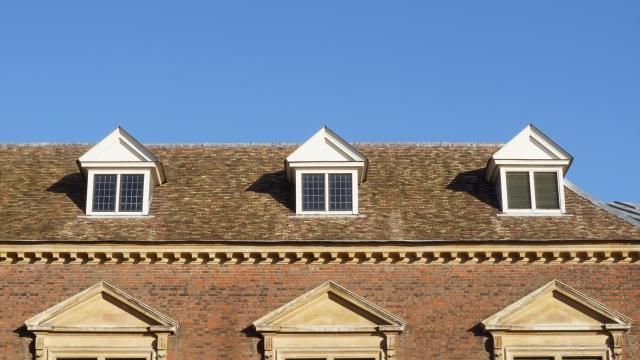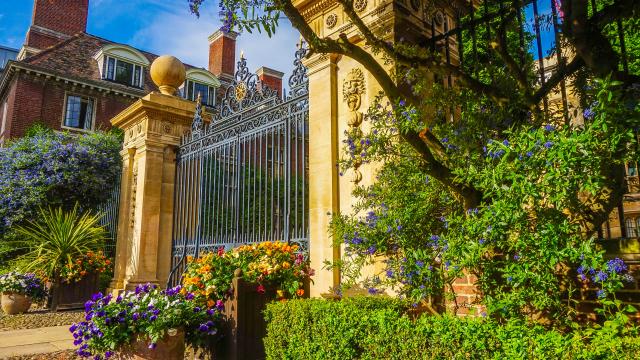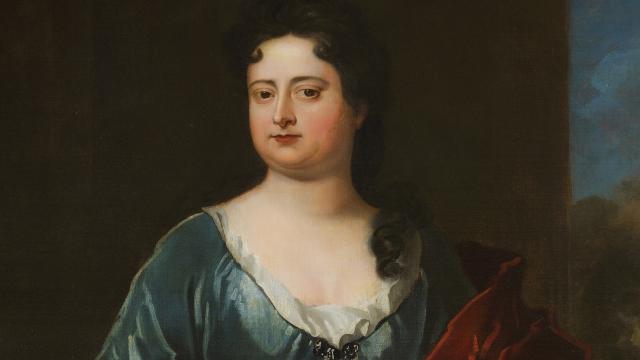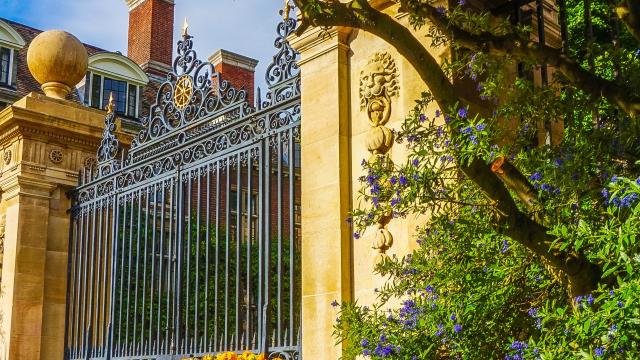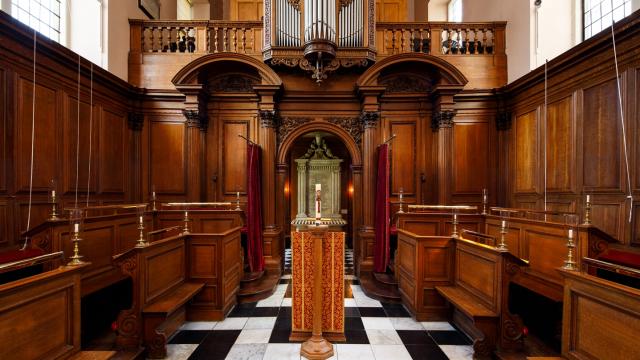
The United Nations have proclaimed 2019 to be the International Year of the Periodic Table of Chemical Elements since it is the 150th anniversary of the publication of Dmitri Mendeleev’s first Periodic Table. But was it really the first? St Catharine’s College is proud to exhibit its fine collection of material relating to the early development of the Periodic Table. Starting from the first list of elements which emerged around the time of the French Revolution in the late 1780s, and the first list of atomic masses drawn up by Manchester chemist John Dalton, we explore why six different chemists from around the world each came up with their own versions of the iconic table in the 1860s.
The very first person to arrange all the then-known elements by mass and then look for the repeating properties of related elements was the French mineralogist Alexandre-Émile Béguyer de Chancourtois in 1862. Béguyer plotted his elements around a cylinder or helix with a circumference of sixteen atomic mass units and found elements with similar properties aligned in vertical groups down the cylinder. This coloured chart, over 1.5 metres in length, was published in very limited numbers and is now incredibly rare.
In addition to Mendeleev’s first published versions of his table, including one signed by the great chemist himself, earlier forms created by two British chemists are also featured. Two new works of art specially created to mark this important anniversary will also be on display. One is a spiral made from precious metal, the other is a macramé version containing more than 180,000 knots.
The free exhibition will be held in the Ramsden Room of St Catharine’s College daily from 9 am to 5 pm from Tuesday March 12 to Friday April 5, including weekends. Please note, there is no parking available at the College. Large groups should contact the St Catharine's College Communications Officer beforehand.
.jpg)
__402x479(1).jpeg)
Photo: Nathan Pitt, ©University of Cambridge

